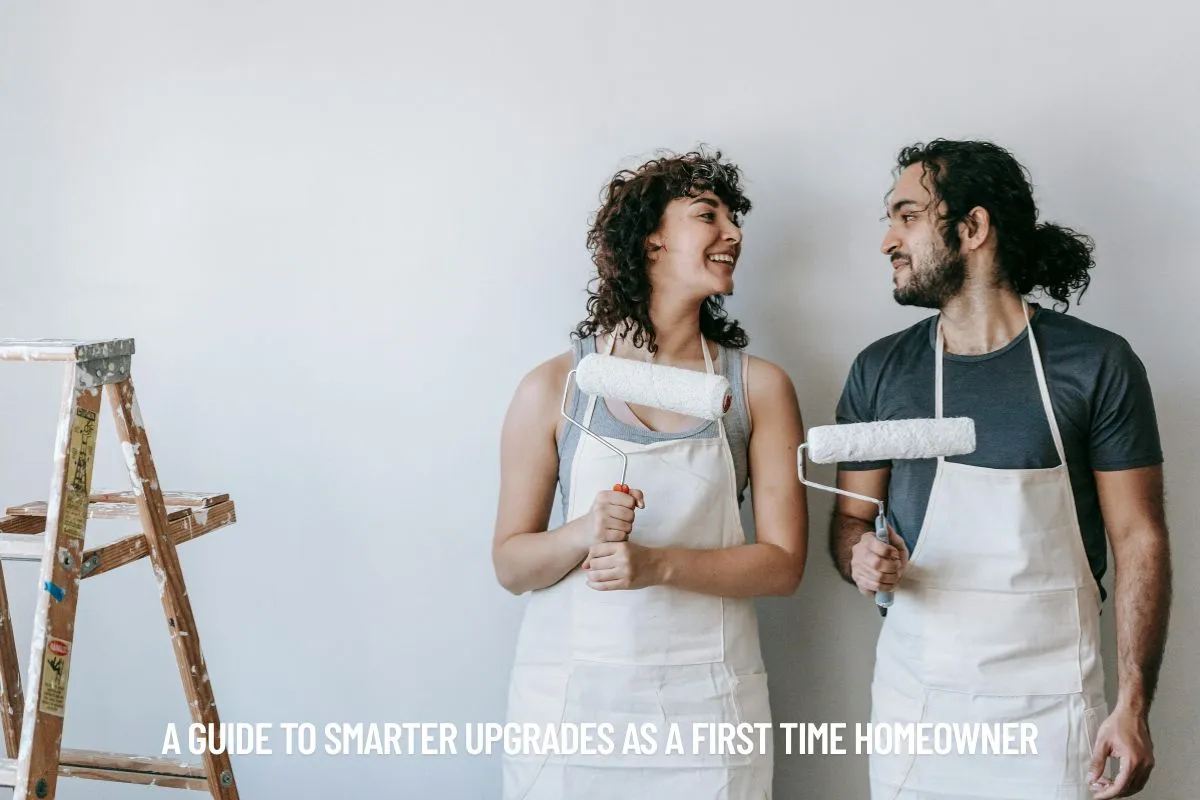Becoming a first-time homeowner is an exciting milestone, but it also comes with a steep learning curve. Once the keys are in your hand, the next step is figuring out how to make your new house feel like home without draining your savings. While it’s tempting to dive into big renovations or cosmetic changes, the smartest upgrades are often the ones that improve functionality, efficiency, and long-term value.
This guide is designed to help new homeowners prioritize upgrades that are practical, cost-effective, and impactful. With a thoughtful approach, you can enhance your home’s comfort and performance while staying within budget.
Start with Energy Efficiency
One of the most beneficial upgrades you can make early on is improving your home’s energy efficiency. Not only does this reduce your utility bills, but it also increases your home’s value and comfort. Begin with a home energy audit, which can identify areas where your home is losing energy, such as poor insulation, drafty windows, or outdated appliances.
Simple fixes like sealing gaps around doors and windows, adding insulation in the attic, or installing a programmable thermostat can make a noticeable difference. If your budget allows, consider upgrading to energy-efficient appliances or replacing old windows with double-pane models. These changes may not be flashy, but they pay off in the long run.
Focus on Preventative Maintenance
As a new homeowner, it’s easy to overlook the importance of preventative maintenance. However, investing in small upgrades now can help you avoid costly repairs later. One area that often gets neglected is the exterior drainage system. Ensuring that water is properly directed away from your home is critical to preventing foundation issues, basement leaks, and mold growth.
Installing Leaf Armor gutter protection is a smart move that can save you time and money. These systems are designed to keep leaves and debris out of your gutters, reducing the need for frequent cleanings and minimizing the risk of water damage. It’s a relatively simple upgrade that protects one of your home’s most important systems.
Upgrade for Daily Convenience
When deciding where to invest your time and money, think about the features that will improve your daily life. These don’t have to be major renovations. Small upgrades like adding dimmer switches, installing smart locks, or replacing outdated light fixtures can make your home more functional and enjoyable.
In the kitchen, consider replacing cabinet hardware, adding under-cabinet lighting, or installing a pull-out trash bin. In the bathroom, swapping out a showerhead for a high-efficiency model or adding extra storage can make a big difference. These types of upgrades are affordable, easy to install, and immediately enhance your living experience.
Don’t Underestimate Curb Appeal
First impressions matter, and your home’s exterior sets the tone for the entire property. Improving curb appeal doesn’t require a massive landscaping overhaul. Start with simple tasks like painting the front door, updating house numbers, or planting low-maintenance shrubs and flowers.
Outdoor lighting is another upgrade that adds both beauty and security. Solar-powered path lights or motion-sensor fixtures can illuminate walkways and deter intruders. If your driveway or walkway is cracked or uneven, repairing it not only improves appearance but also reduces safety hazards. These small touches can significantly boost your home’s visual appeal and resale value.
Plan for the Future
As you settle into your new home, it’s important to think long-term. Not every upgrade needs to happen right away, but having a plan can help you prioritize and budget effectively. Create a list of potential projects and categorize them by urgency, cost, and impact. This will help you avoid impulsive spending and focus on what truly matters.
Consider how your needs might change over time. If you plan to start a family, create a home office, or age in place, think about how your home can evolve with you. Flexible spaces, durable materials, and smart technology are all worth considering as part of your upgrade strategy.
Conclusion
Smart upgrades are about more than just aesthetics—they’re about making your home more efficient, comfortable, and valuable over time. As a first-time homeowner, focusing on energy efficiency, preventative maintenance, daily convenience, and curb appeal can help you get the most out of your investment. With a clear plan and a practical mindset, you can make meaningful improvements that enhance your home without overwhelming your budget.










